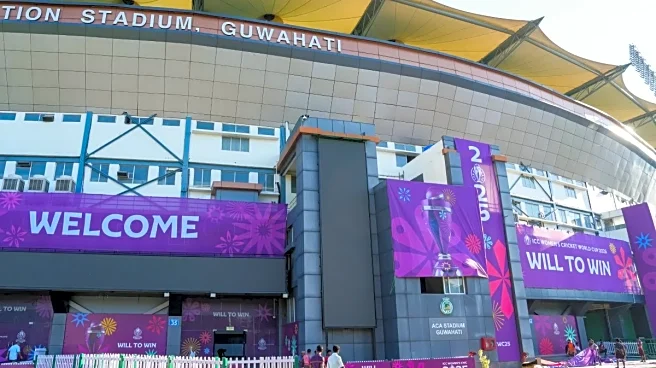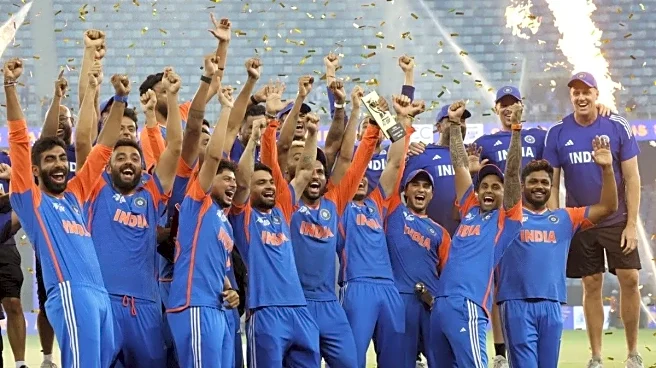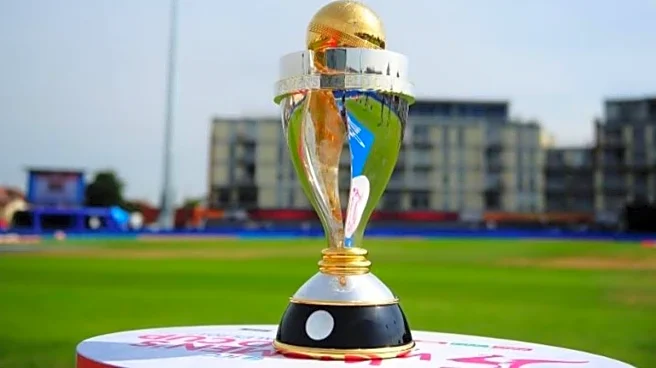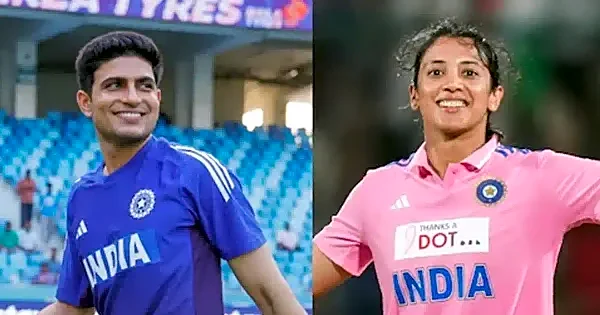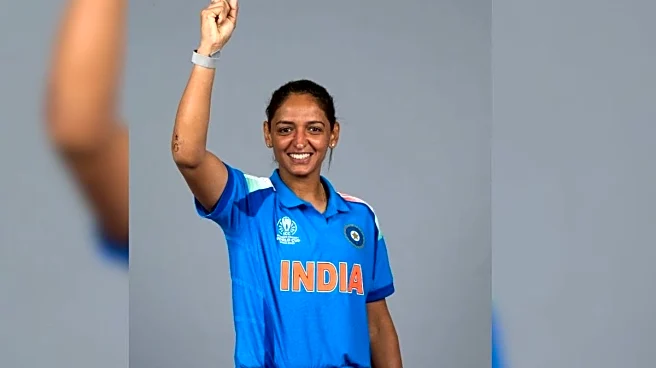I often go back to that magical evening of June 25, 1983, when India’s fearless band of brothers lifted the World Cup at Lord’s. I was barely 10 years old, but the images of the players running with stumps
and bails, including Mohinder Amarnath, who also won the Man of the Match in both the semi-final and the final; and of the team holding that gleaming trophy aloft, are etched in my mind forever. For me, it was not just a cricket match - it was a revelation. That win told an entire generation of young Indians that dreams need not be constrained by boundaries.
The stories from that campaign, like Kapil paaji’s legendary 175 against Zimbabwe - a knock that might not have been televised but is immortalized, are etched in our memory as folklore. That innings was not just about runs; it was about belief. It told every boy in the gullies of Mumbai or villages of Punjab that aspiration could be limitless. It certainly shaped my own journey. Four years later, in 1987, I was a ball boy at the Wankhede Stadium when India lost to England in the semi-final. Standing on the sidelines that day, watching heroes up close, I resolved that one day I too would wear that India jersey.
Now, nearly four decades later, I sense that women’s cricket in India stands on the cusp of its own watershed moment. The upcoming ICC Women’s World Cup will not just be about chasing a trophy; it will be about igniting countless dreams. Somewhere in Moga, a teenage girl might be clutching her bat tighter, hoping to emulate her idol Harmanpreet Kaur. In Sangli, another girl might be practicing her drives, daring to dream like Smriti Mandhana.
I still remember vividly Harmanpreet’s magnificent 171 against Australia in the 2017 World Cup. It was not just an innings; it was a statement. The sheer audacity of her strokeplay, the clarity of her mind, and the courage in her heart took women’s cricket in India into a new orbit. I believe that was the moment when many stopped seeing women’s cricket as a sideshow—it became centre stage.
Smriti, too, has become one of the most important and experienced members of this side. There is a silken grace to her batting, a natural rhythm in the way she times the ball. Her ability to find gaps with such elegance reminds me of the finest in the game. That record-breaking 50-ball century against Australia was not only breath-taking - it was a resounding message that Indian women can dominate at the very highest level. She is not just an elite batter, but a symbol of modern India’s confidence.
But this World Cup is larger than individuals, larger even than a single team. It is about a movement, a shift in how we view the game. For too long, women’s cricket lived in the shadows, despite the immense talent it nurtured. Now, the sport has the opportunity to transcend barriers—of gender, of perception, of accessibility. The little girl with a plastic bat in a small town must feel that the world is open to her, just as I felt after watching a triumphant Team India in 1983.
I must acknowledge the strides made in the past few years. The Women’s Premier League has been nothing short of a game-changer. It has provided the platform, visibility, and financial security that generations of women cricketers could only dream of. A lot of credit must go to Jay Shah, who, during his time as BCCI secretary, pushed for equal match fees for men and women and laid the foundation for the WPL. These steps may appear administrative on paper, but in reality, they change lives. They tell every aspiring young girl that her passion is valued equally. I also want to thank the ICC for announcing record prize money for this tournament, even surpassing what was on offer for the men’s World Cup in 2023. Symbolically and practically, it sends a powerful message—that women’s cricket deserves not just applause, but equal respect.
As the women in blue step onto the field in this World Cup, they will not just be representing India in a sporting contest. They will be carrying with them the hopes of millions, the possibility of inspiring a generation, and the power to redefine what is achievable. Just as 1983 gave Indian cricket a new identity, I believe this World Cup can do the same for women’s cricket in India.
And perhaps, years later, some little girl watching this World Cup will say: that was the day my journey began.
(With inputs from Press Release)

